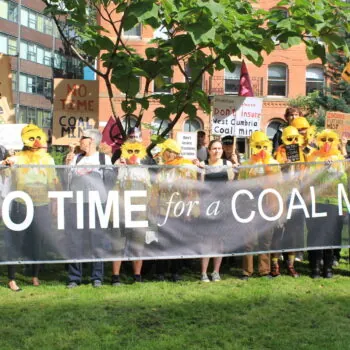Renewables can increase to 61% of EU electricity mix in 2030, well above current targets, and at lower cost.
New analysis shows how cheap renewables and flexible demand could replace more than half of European coal and gas generation by 2030, while reducing system cost and almost doubling emissions savings from the power sector, compared to current plans.
New research by energy consultancy Artelys, commissioned by E3G and partners in the Energy Union Choices consortium, shows how rapidly falling prices for solar PV, wind power and other key system balancing technologies have revolutionised the economics of Europe’s power sector.
It finds that Europe can aim for much deeper emissions reductions and higher renewables uptake while reducing electricity system costs – provided it pursues the right policies.
More renewables and greater emissions savings while boosting the economy
According to the analysis, the most cost-effective scenario for the EU’s electricity mix contains a much higher share for renewables in electricity than that envisioned by the European Commission (61% versus 49% by 2030). Under this scenario, Europe would avoid an additional 265Mt of CO2 emissions, €600 million in energy system costs per year by 2030, and deliver 90,000 additional jobs (net) in the European energy sector.
Renewables and flexible demand can replace coal – and a lot of gas
The analysis underlines the importance for EU member states delivering on the Clean Energy for all Europeans package, and advancing plans to retire coal-fired generation.
The report also rebuts the myth that a coal phase-out would increase the role of gas in the European power system. By contrast, the researchers see the need for gas generation cut nearly in half by 2030: from 514 TWh in 2015 to 259 TWh per year. This also represents a significant fall in the outlook for gas generation on the Commission’s current scenario, which projects 369 TWh of gas generation in 2030.
The decreased need for fossil fuel generation is mainly due to new, clean flexibility solutions becoming available as electrification increases across transport (Electric Vehicles), heating (Heat Pumps) as well as commercial and industrial loads (industrial refrigerators, boilers, etc).
The switch is cost-effective and brings more jobs to Europe
The overall cost saving to European businesses and consumers of pursuing higher renewables (around 61% of the EU-28’s electricity mix, as opposed to 49%) is put at over €600 million per year by 2030, while also bringing, a net, 90,000 new jobs to European citizens.
But policy is crucial. While the report finds that the lower cost and higher performance of renewables fundamentally changes the outlook for the power sector in Europe, it notes that current EU policy frameworks fall short of unlocking the new opportunities. What is needed is a combination of the “smart retirement” of coal assets alongside flexible demand roll-out.
You can read the full Energy Union Choices: Cleaner, Smarter, Cheaper analysis here.


